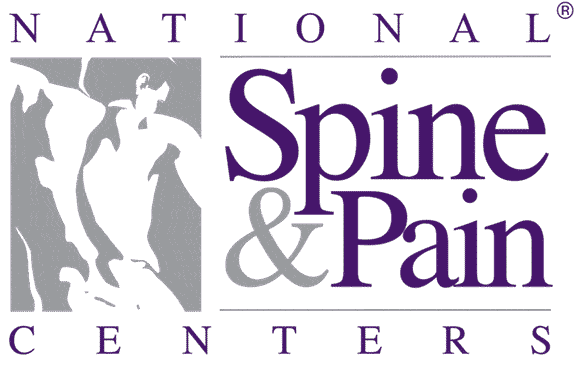Painful Low Back Issue Responds To Advanced Treatment
One of the many causes of low back pain is related to injuries of the sacroiliac (SI) joint and ligaments. Most common in young and middle aged women, this condition can make sitting and standing quite painful. SI joint dysfunction is difficult to detect, but with precision diagnostics and effective, non-surgical therapy, a board certified specialist can help you obtain significant long-term, potentially permanent relief.
[youtube id=”bxN9BcfgBYQ” width=”600″ height=”350″]
A complex condition
The SI joints connect the pelvic bones to the lowest part of the spine. Small and very strong, SI joints provide structural support and stability, functioning as shock absorbers for the pelvis and the lower back.
Not a lot is known about why SI joints become painful, but current medical consensus is that a change in the normal motion of the joint may be the source. Too much or too little movement may cause pain in the ligaments and joints, as well as spasms in the supporting back and pelvic muscles. It may be the result of direct trauma such as a car accident or as simple as a missed step when descending stairs. The stress of childbirth can also weaken the SI joint and other supporting pelvic structures causing pain and instability. Sitting, standing and bending at the waist aggravates the pain. When SI joint dysfunction is severe, there can be referred pain into the hip, groin and leg.
SI joint dysfunction is difficult to diagnose because currently there are no radiologic tests available that consistently detect abnormal motion of the joint. Experienced pain specialists, familiar with the mechanics of the SI joint, can conduct a precise musculoskeletal examination of the spine and pelvis. This type of exam can often detect SI joint dysfunction. Tests such as x-rays, MRI, CT scan and bone scan may be used to rule out other causes of back pain, but they generally are not helpful with diagnosing SI joint injuries.
Long-lasting relief without surgery
Simple, non-surgical techniques have proven to be very effective in resolving SI joint pain. Injections of anti-inflammatory medication and local anesthetic in the SI joint and ligaments can greatly reduce pain and discomfort for extended periods of time. Radiofrequency neurotomy creates a longer lasting result through denervation – obstructing the nerve supply to the SI joint. Advanced regenerative treatments, such as prolotherapy and platelet rich plasma therapy, may also show excellent clinical benefit. These treatments specifically promote natural healing of the joint and ligaments. By improving strength and stability, regenerative therapies may offer longterm and potentially permanent pain relief.
Safely performed in a sterile, office- based setting, these therapies offer the potential for significant pain relief without surgery, general anesthesia, hospitalization or prolonged recovery periods.
